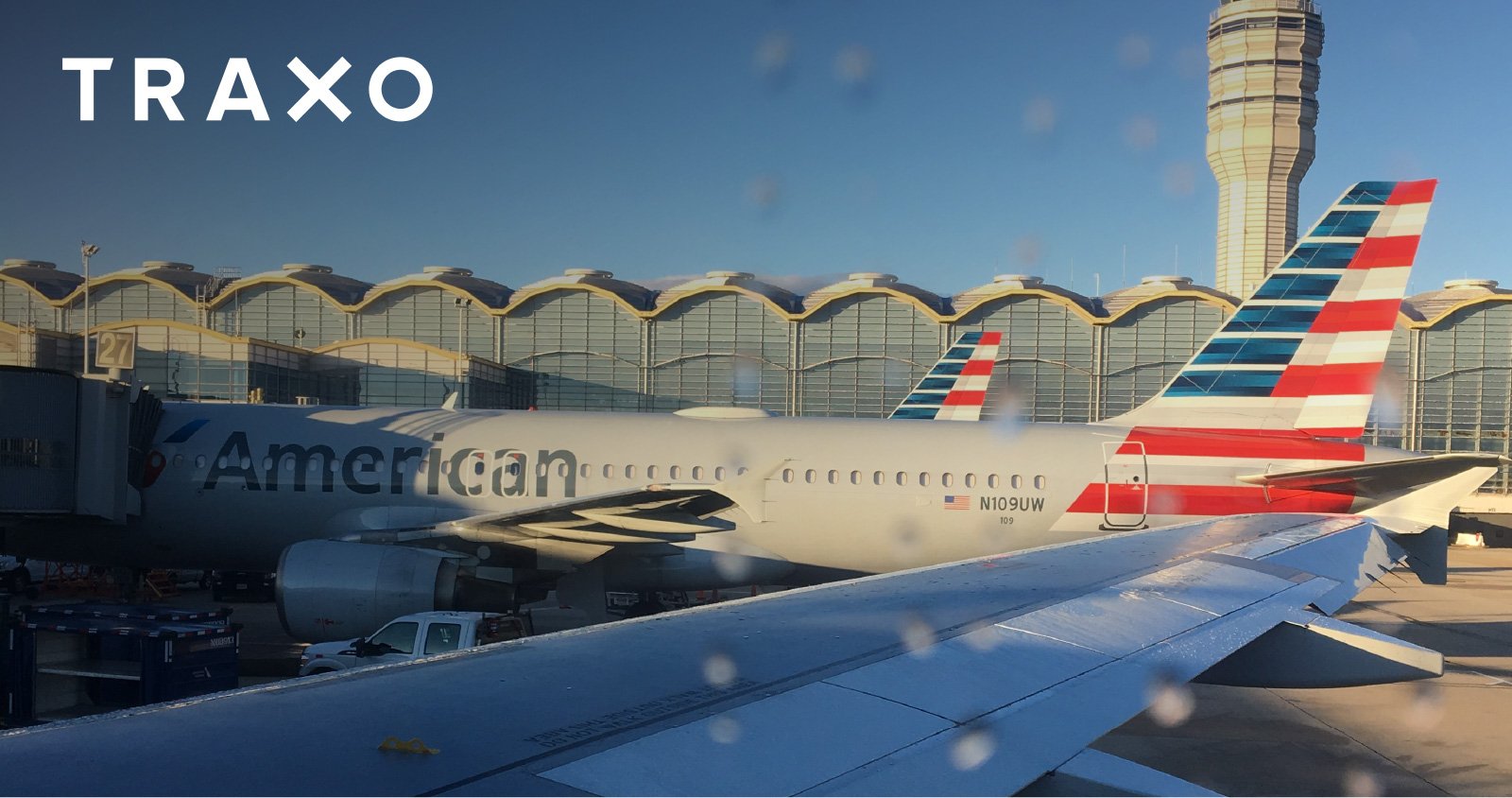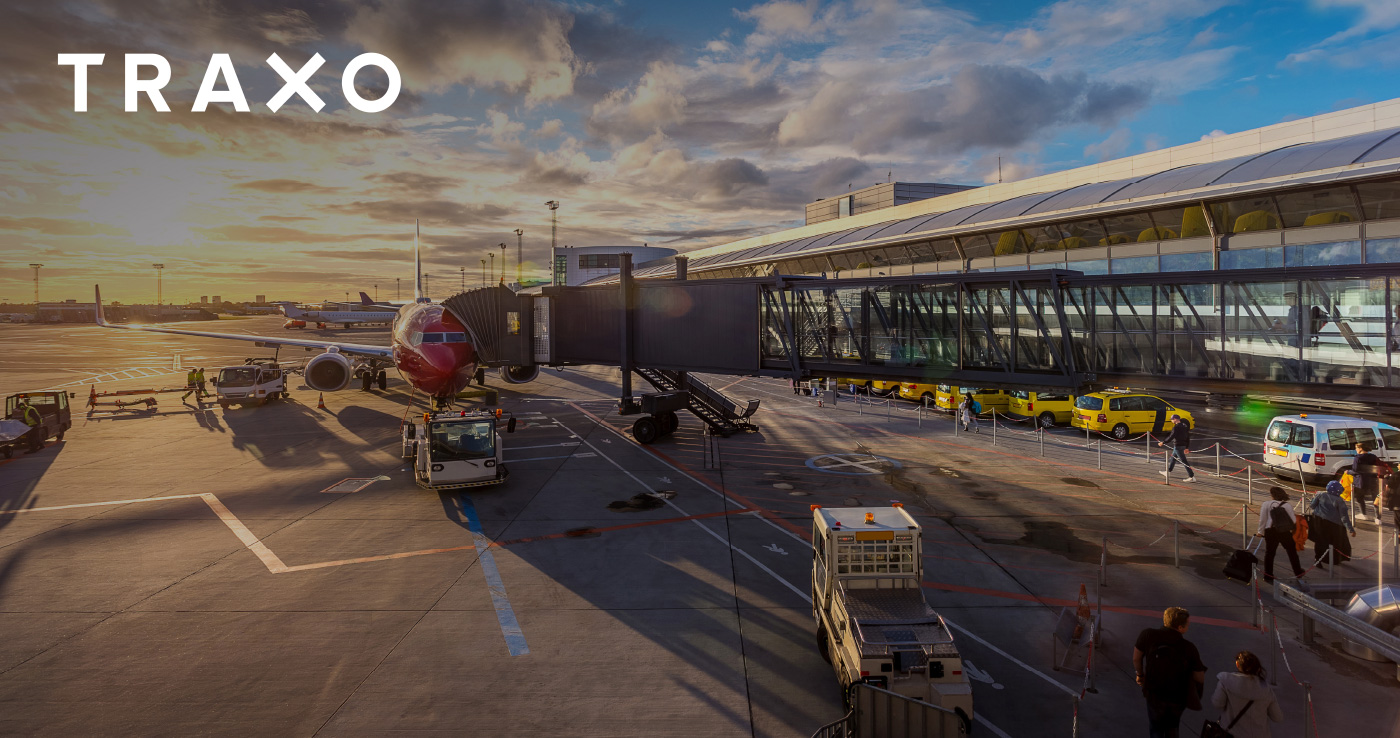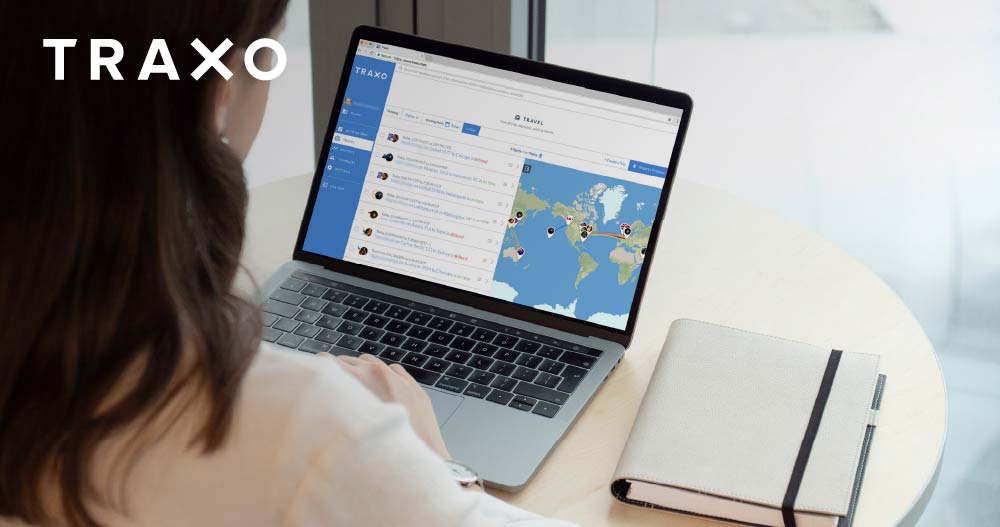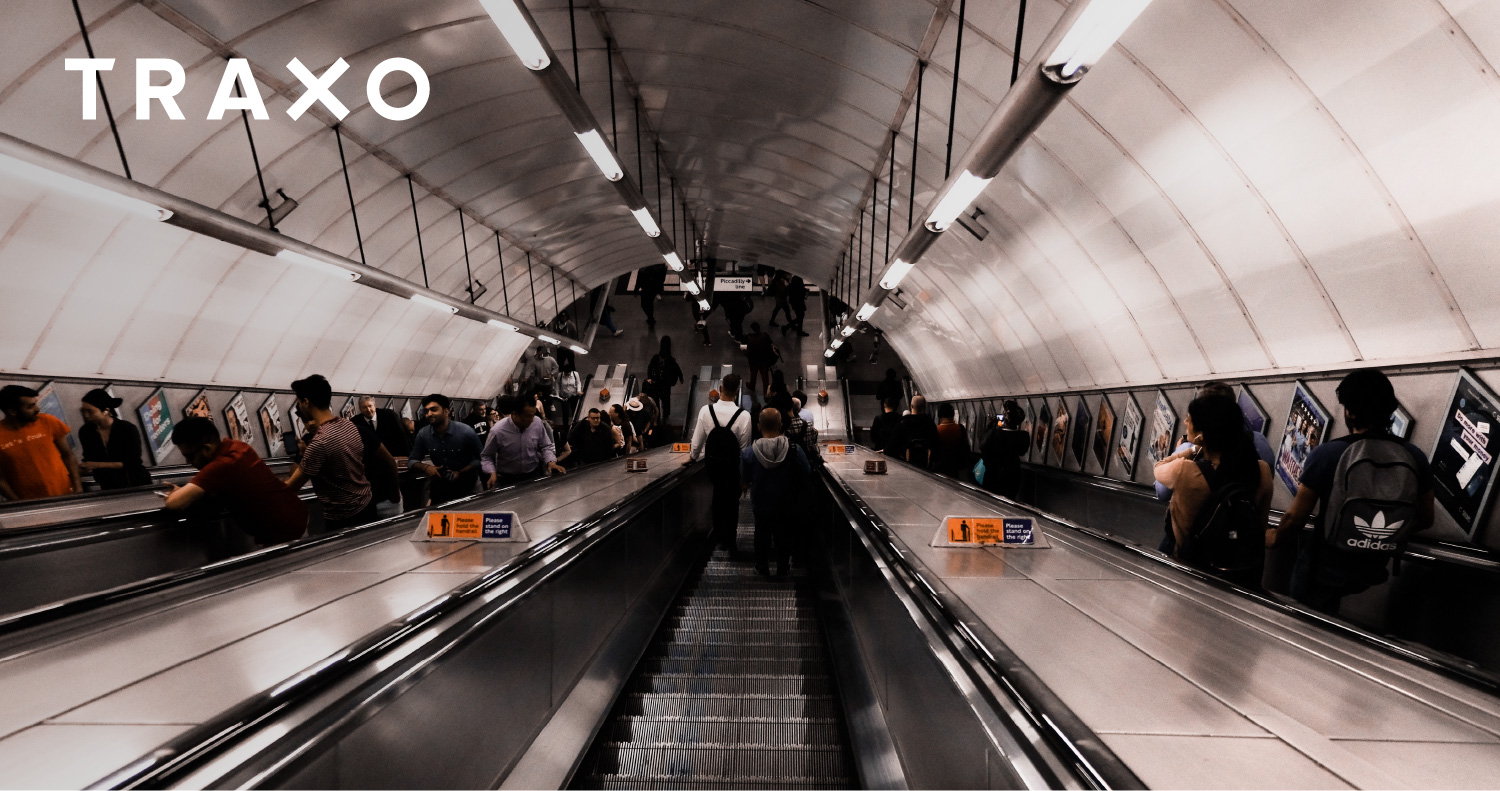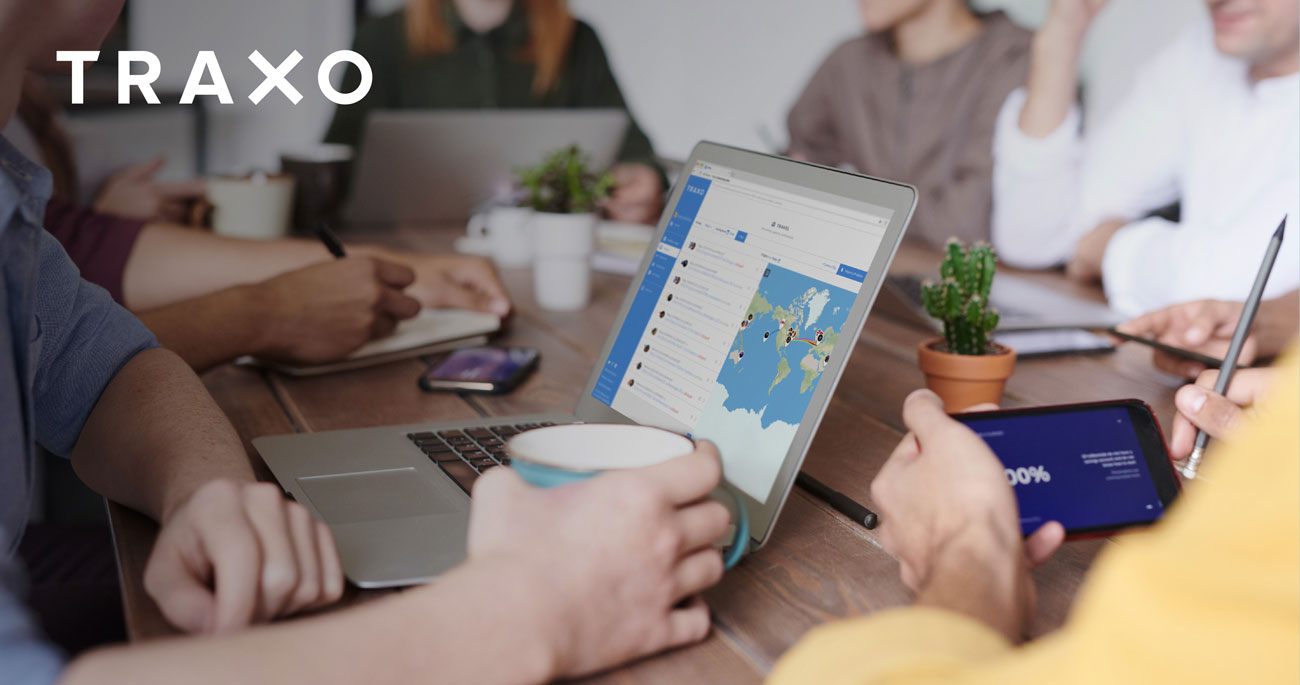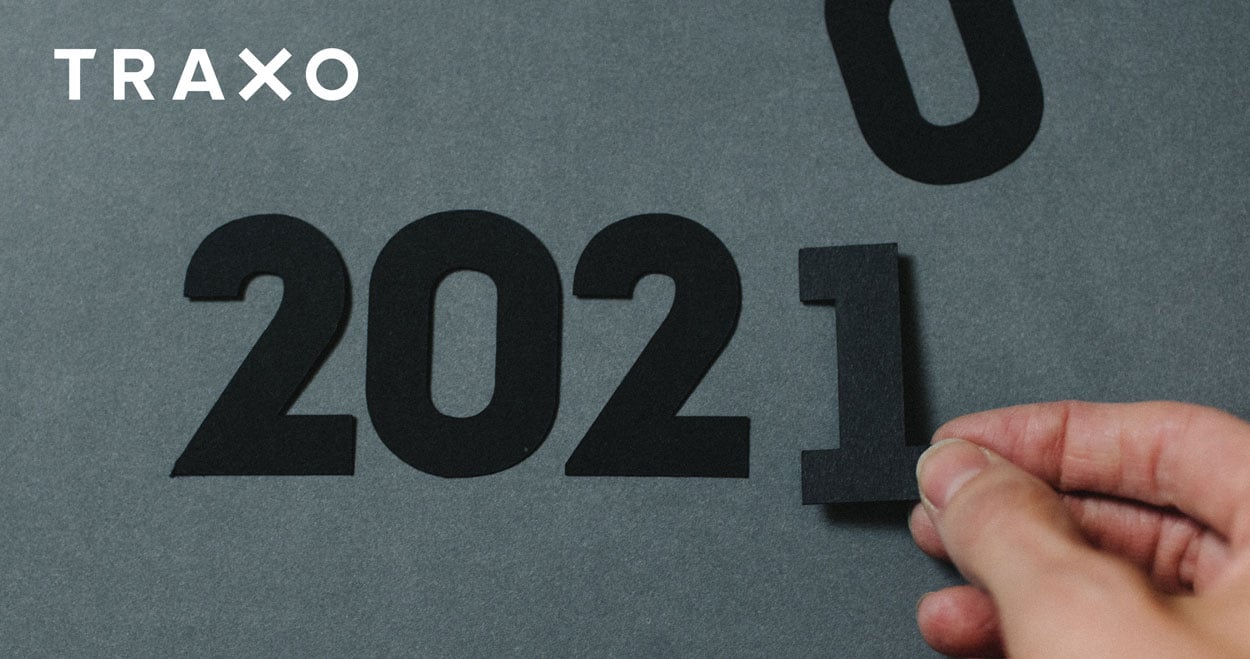A bleisure trip is what you get when you blend a business and a leisure trip together — a concept that is no stranger to modern business travelers or travel managers. An example of a bleisure trip would be an employee traveling to San Francisco for a business conference at their company’s expense and then tacking on a couple days for a quick jaunt to Napa Valley.
Bleisure tourism is particularly popular among younger employees, as it fullfils the adventurous and budget-conscious spirit of millennials and Gen Xers.
Bleisure travel benefits the traveler, but sometimes creates downsides for the companies initiating the business portion of the trip. That’s why companies need to be diligent about incorporating bleisure guidelines into their travel policies while being conscious of employee satisfaction.
The Blurred Lines of Bleisure Travel
When tasked with traveling to a new and exciting location for work, especially those which are scenic and/or considered lower-risk, it is common for travelers to add on a few extra days pre or post-business trip. Many travelers want to soak up the sun, explore the destination outside of work meetings and the hotel lobby, and gain a cultural experience beyond what would have been possible by simply attending work-related events. And since their employer is footing part of the bill, it makes sense to take advantage of the opportunity.
While it would be silly for companies to prevent employees from enjoying bleisure trips, they do have to be conscious of the health and safety risks these trips present. Part of managing this risk lies in defining which portion of the trip the employer must care for and manage.
How do you define the start and conclusion of a business trip?
It's wise to incorporate bleisure guidelines into corporate travel policies to set parameters, eliminate confusion, and clearly define what the company is responsible for versus what falls to the traveler. For example, a travel manager may decide that the departure from the last business meeting marks the end of the business portion of a bleisure trip, and the company’s duty of care responsibilities along with it. This concrete guidance would create clarity around the company’s role in risk mitigation and transfers the liability of the leisure part of the trip to the traveler.
6 Bleisure Travel Management Considerations
Making good policies around bleisure travel is important because you’re deciding not only how your company treats business trips, but also how it treats elements like employee vacation days and itineraries, which greatly impact employee satisfaction and retention.
- Who is eligible and legally covered under your duty of care and health insurance programs?
By defining this eligibility, travel managers can underline who’s responsible if a crisis or medical emergency occurs — which is particularly important if the employee invited a significant other or friend to join them on their trip. - Are there specific business travel locations that are off-limits for any element of bleisure due to unjustifiable risk?
Duty of Care providers commonly provide travel risk assessment information. If the risk associated in a particular region is too high, do you want to limit your travelers to business-only activities? Outlining which locations are off-limits for bleisure travel is a wise way to protect your employees, who may or may not be familiar with each location’s health and safety hazards. - Do you need (or want) to define parameters of how long employees can extend their stay pre or post-business trip?
They could be limited to extending a business trip after they’ve completed the scheduled activity they were sent for to lessen the likelihood of the meeting or business they need to conduct being compromised by travel-related accidents or illnesses in the days prior, for example. - Is itinerary visibility important to you and your organization, and how do you avoid gathering personal information when the airline travel applies to business and leisure?
In most cases, travel policies need to be clear that bleisure trips require itinerary transparency unlike traditional trips. Because round-trip flights reveal the duration of an employee's intended trip, it’s difficult to entirely separate business and leisure when it comes to reporting. For hotel and car rentals, however, it’s easier to separate the two travel types. One way travel managers can keep leisure reservations separate is to require travelers to book those reservations separately and with their personal email address and credit card.
Unclear distinctions between business and leisure trips can inflate booking volume and skew supplier data when you go to negotiate your next air or hotel RFP. - If your TMC has a corporate credit card on-file for all airfare reservations, how will you manage chargebacks with your employees? Are your payroll or accounting teams ready to take on those extra administrative tasks?
It’s important to underscore that business trips sometimes get canceled, and the company cannot be held responsible for disrupting leisure travel plans. For example, if an employee books a non-refundable hotel for the weekend following a business trip but the business trip gets canceled, the employee should be responsible for the hotel they booked independently.
Similarly, if an employee wants to deviate from the business-approved itinerary, and extra costs are incurred, their company would need to know how to handle that financial burden and prevent itself from absorbing the costs of an employee’s leisure travel activities. - Do you need to consider defining what acceptable behavior looks like during a bleisure trip?
When traveling for business, there is typically an expectation that the travelers will conduct themselves with an element of professionalism that extends from the time they leave home to the time they arrive back on their doorstep. When adding a bleisure element, you need to consider defining what acceptable behavior looks like and what activities are not permitted while an employee is away for business with a little vacation tacked on. Consider involving your Human Resources department to outline what acceptable behavior looks like during a bleisure trip, and include those guidelines in your corporate travel policy.
The Corporate Benefit of Bleisure Travel: Boosted Employee Morale
Allowing your employees the flexibility to extend their stay in a sought-after destination can boost employee morale by allowing them to expand their horizons and tour a place they may have not had an opportunity to explore otherwise. Giving them the freedom to add extra time and even use a couple of vacation days not only allows them to reset mentally, but also helps them cut down on the travel costs associated with round-trip airfare.
Employees can also reduce the number of vacation days that would normally be consumed by travel time on a leisure trip since the trip out would be directly tied to the business portion of the journey. Bleisure trips are a great benefit to offer your workers to increase retention and, let’s face it, we like being able to make our employees happy, too.
How can you identify bleisure trips using your current reporting capabilities?
The easiest way for travel managers to identify bleisure trips today, working with the data set they currently have access to, is to look for discrepancies where the airfare arrival and departure dates do not align with the check-in and check-out dates of the employee’s accommodations. This data analysis can help you open the dialogue with identified travelers to determine the rationale behind the data gaps. It could be that they booked travel outside of your designated Travel Management Company (TMC), and that the data needs to be reconciled, or it could be a result of bleisure whereby the trip was extended for personal reasons. Regardless of the employee’s rationale, both are sound reasons for employee training on the dos and don’ts of business travel as it relates to your corporate travel policy.
Eliminating Data Blind Spots with Traxo
For companies already utilizing Traxo’s services, it’s easy to identify accommodations booked outside of the TMC or approved channels, as Traxo captures all booking data regardless of the original booking source.
For companies still struggling to manage bookings from multiple sources and the dreaded-yet-inevitable “travel leakage,” it’s time to consider deploying Traxo. Traxo gives users complete visibility into travel itineraries — and that includes what employees are doing before, during, and after trips allows you to take the necessary actions to course correct before the expenses are filed.
To learn more about Traxo, fill out the form below for a free demo.






.png)

.jpg)
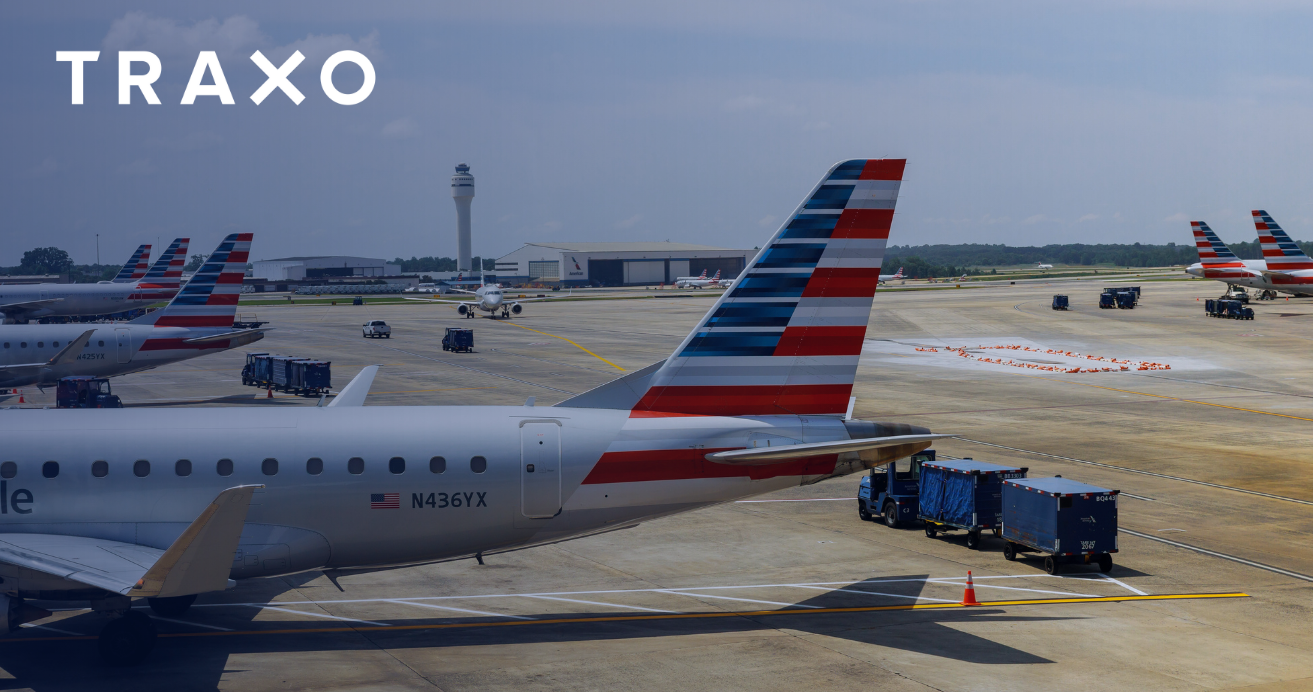
.jpg)



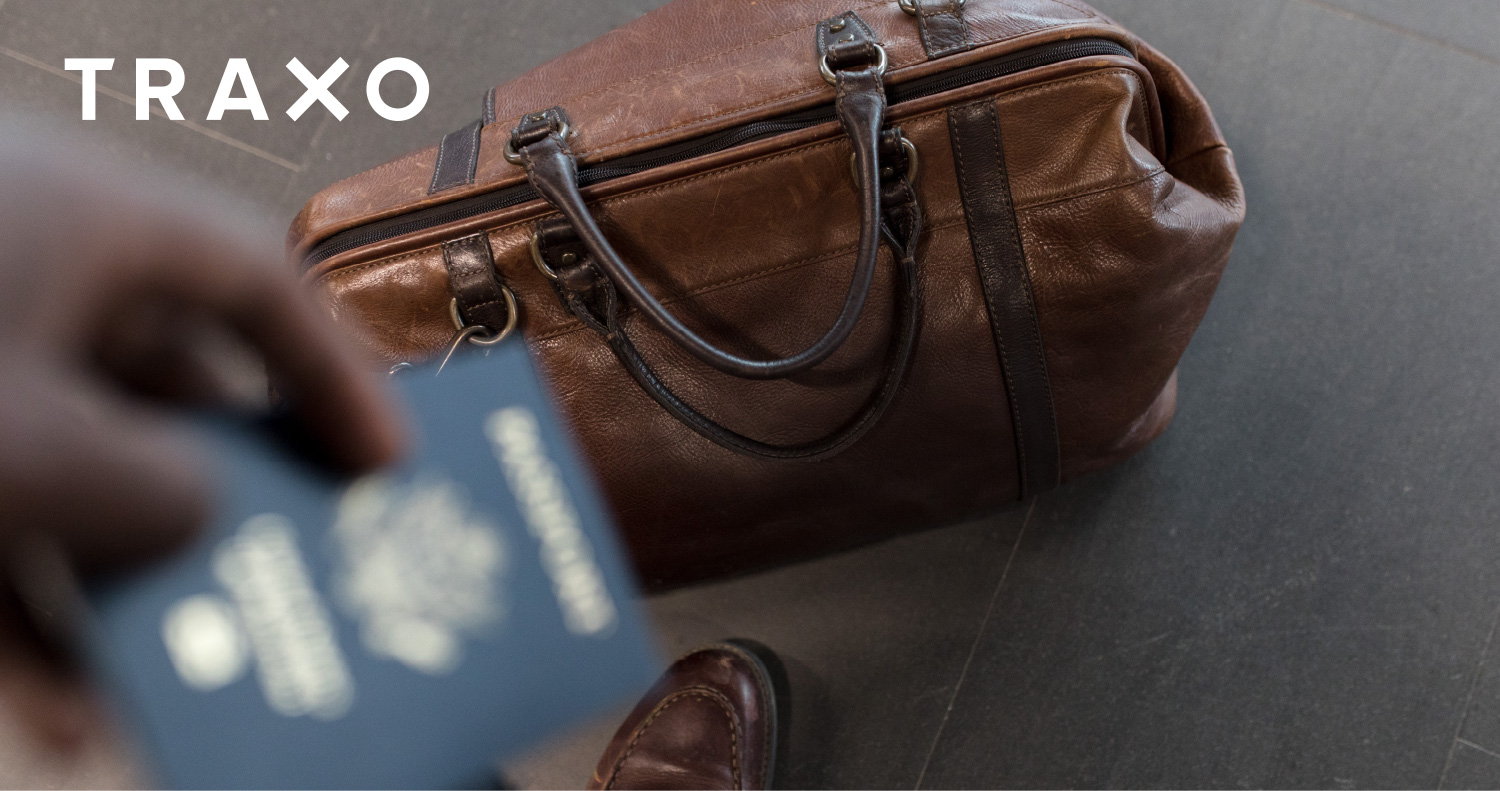




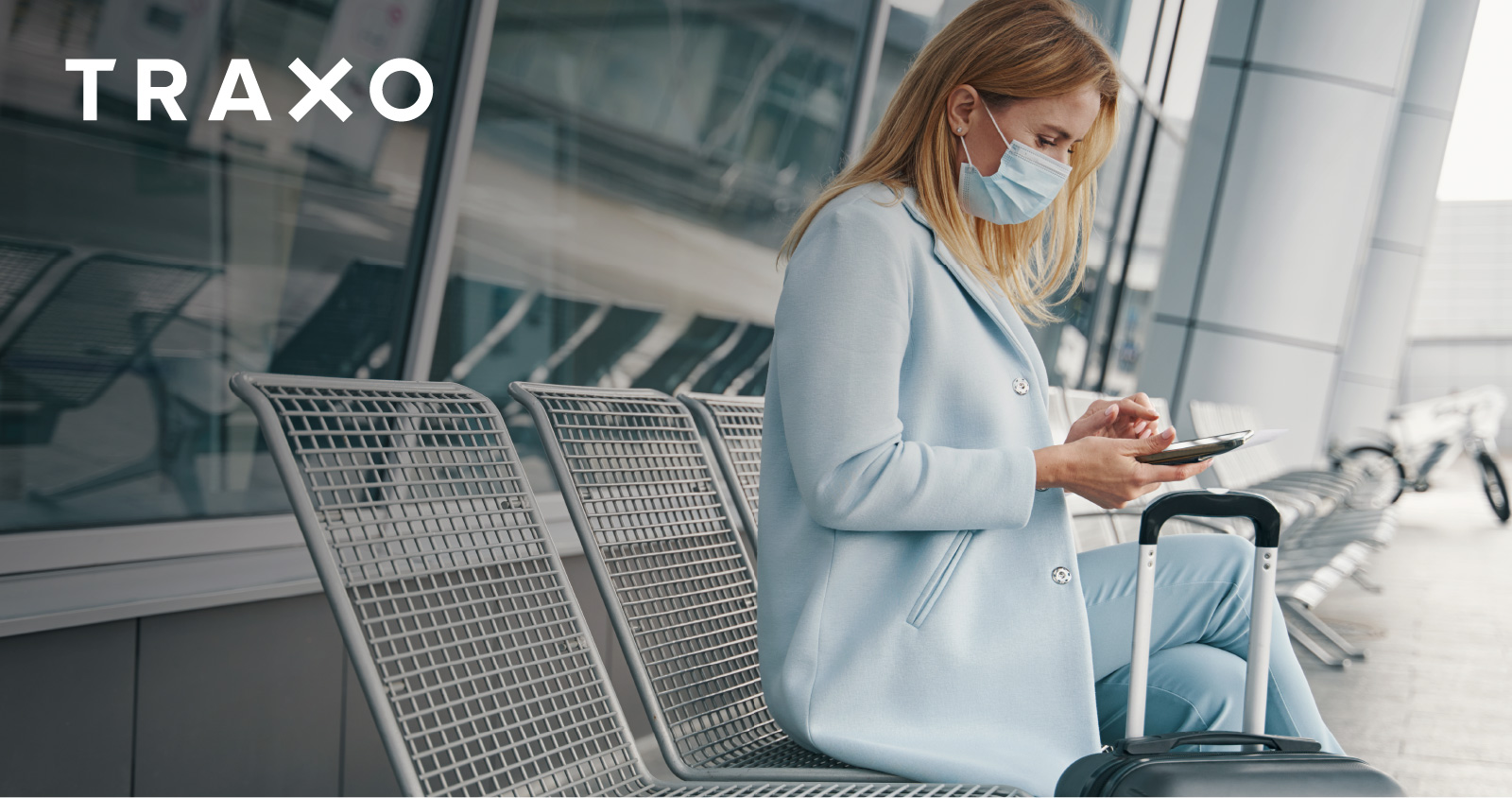
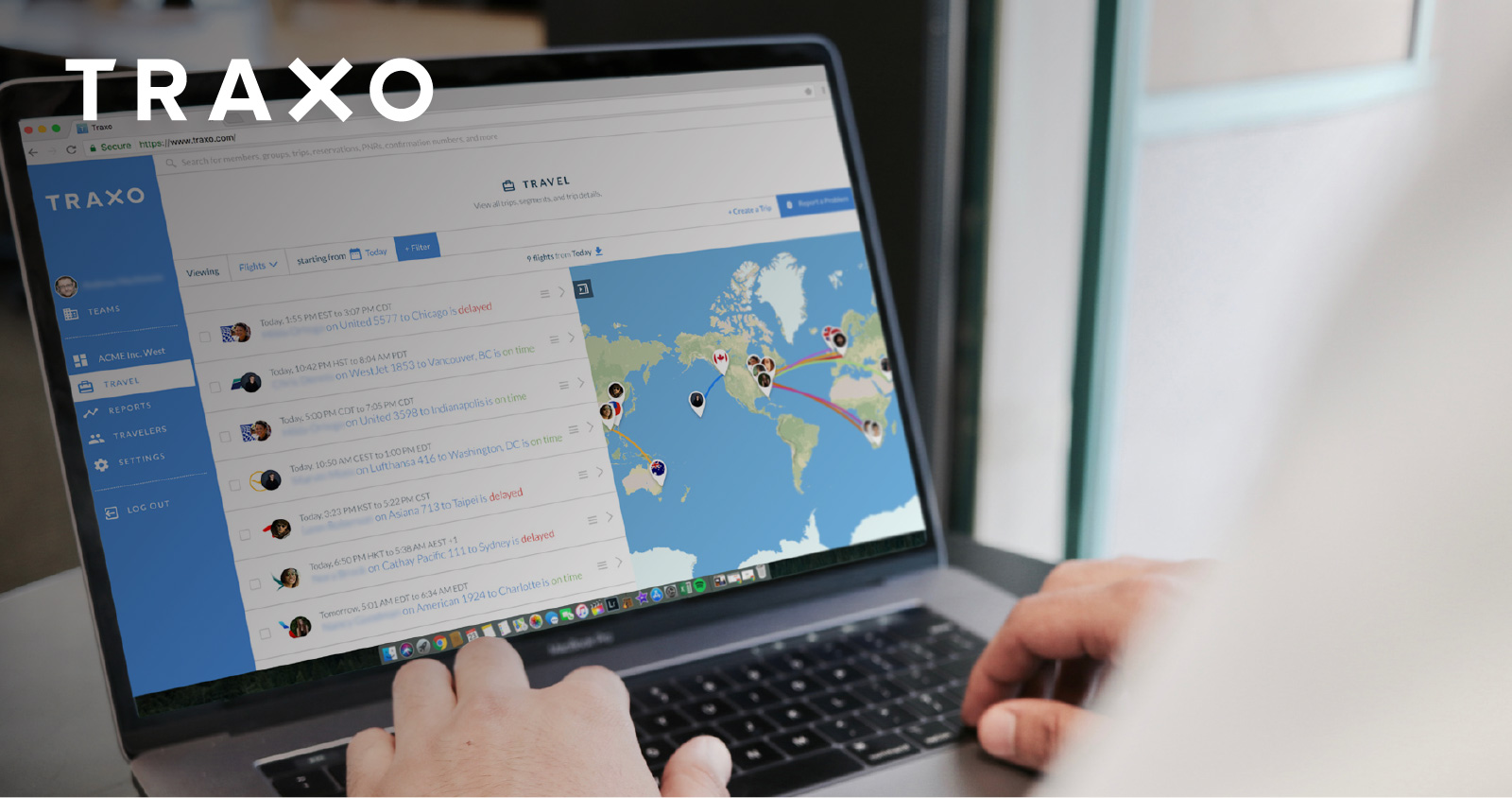


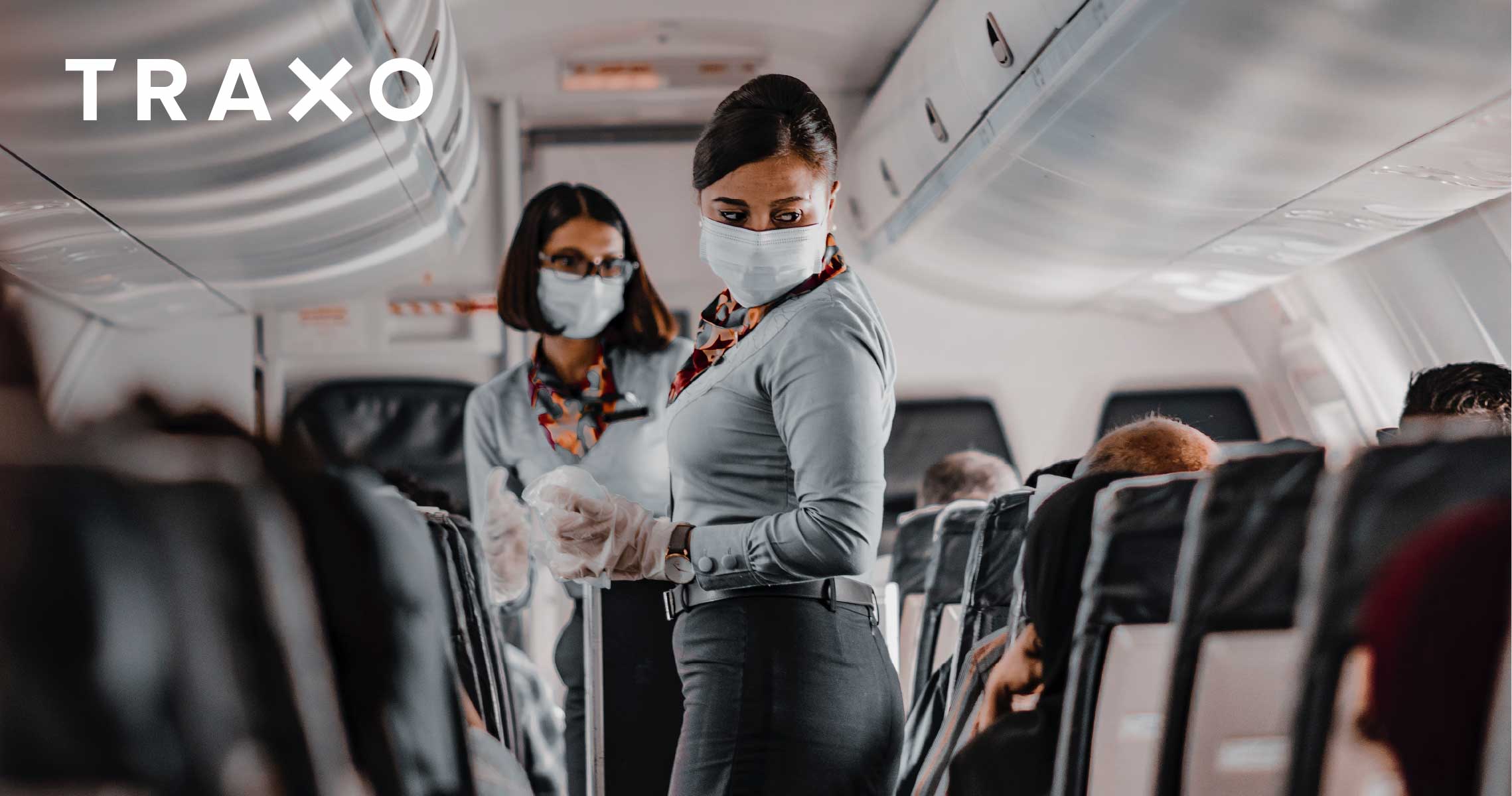
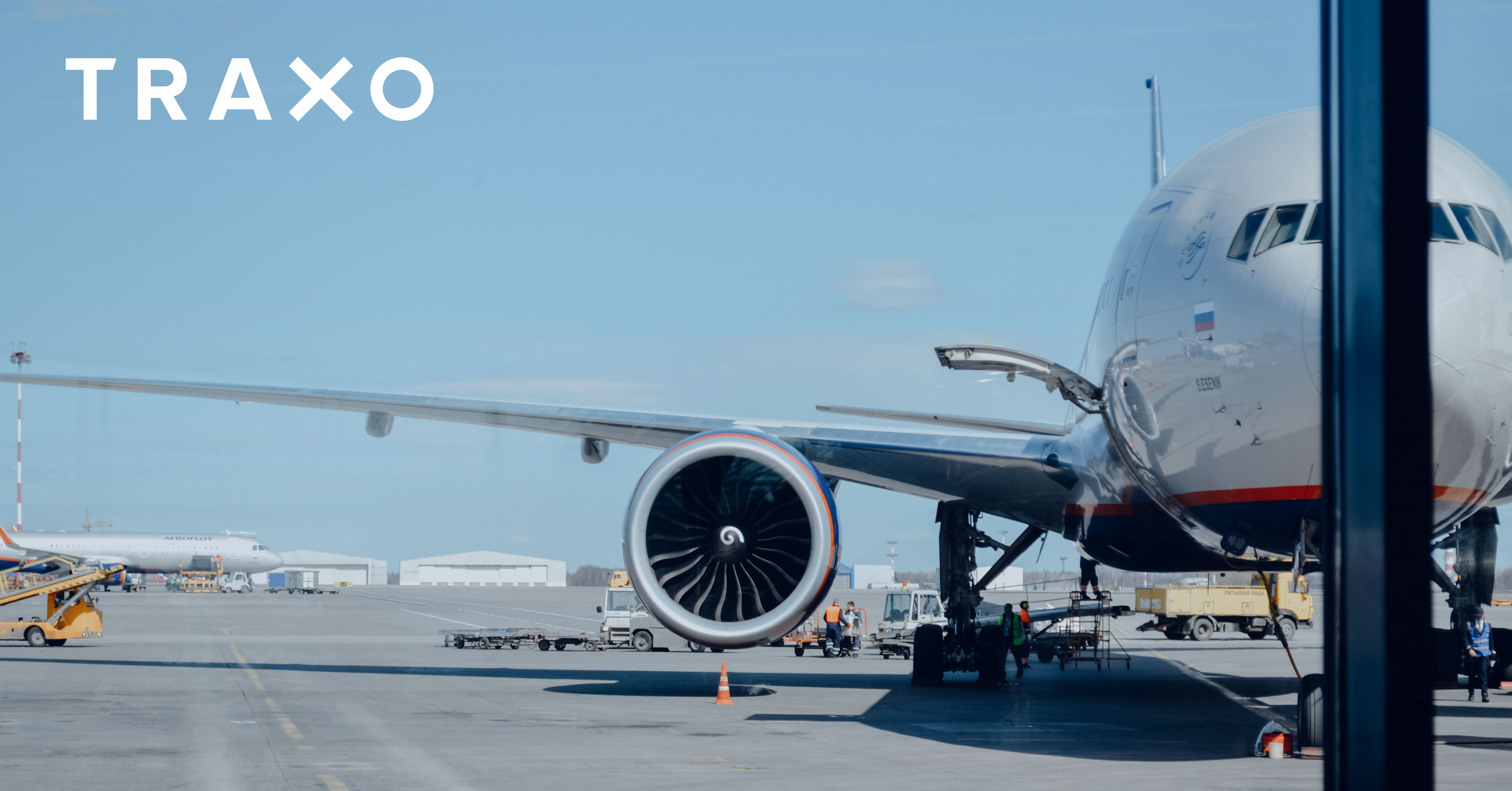
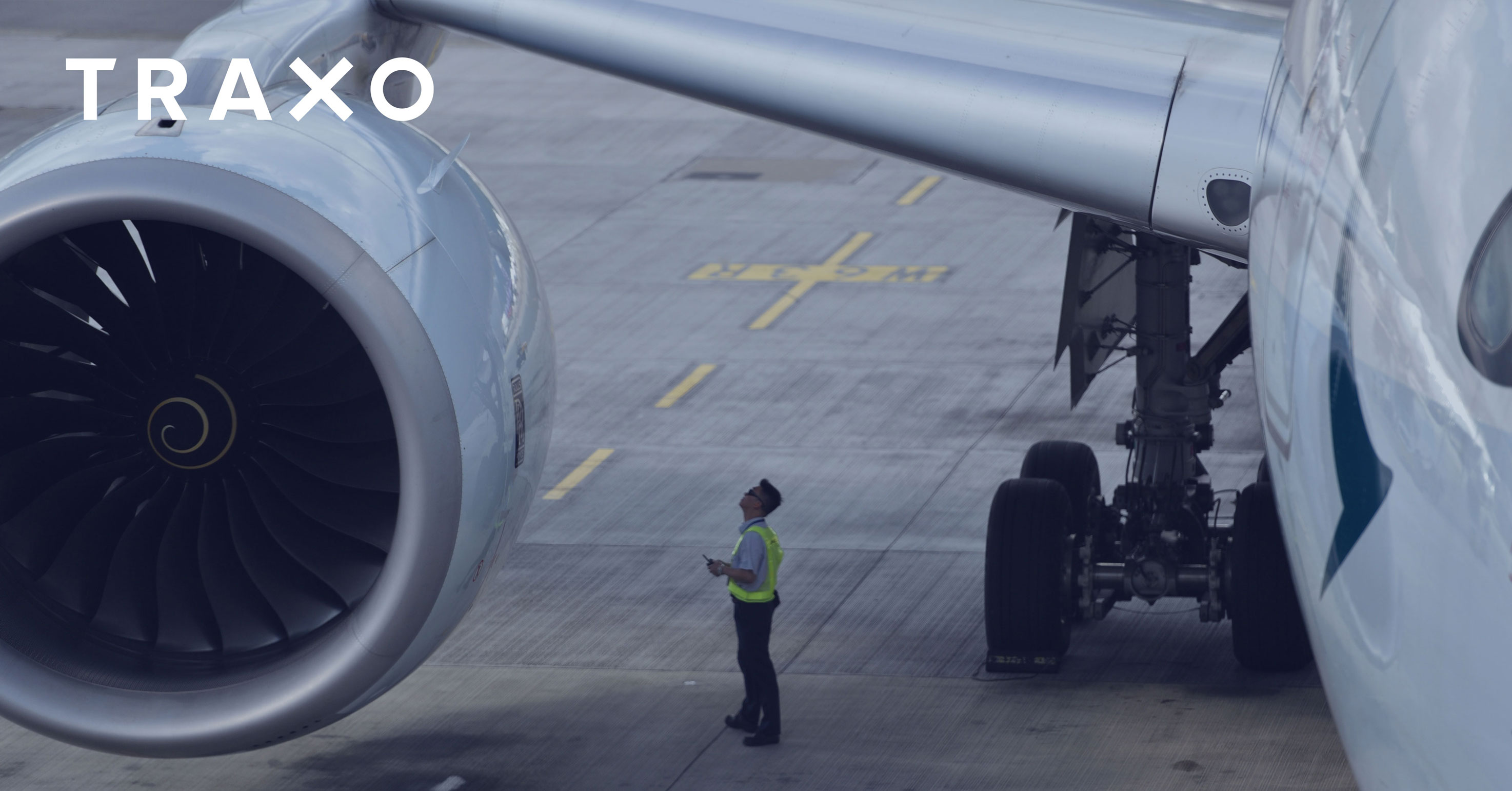

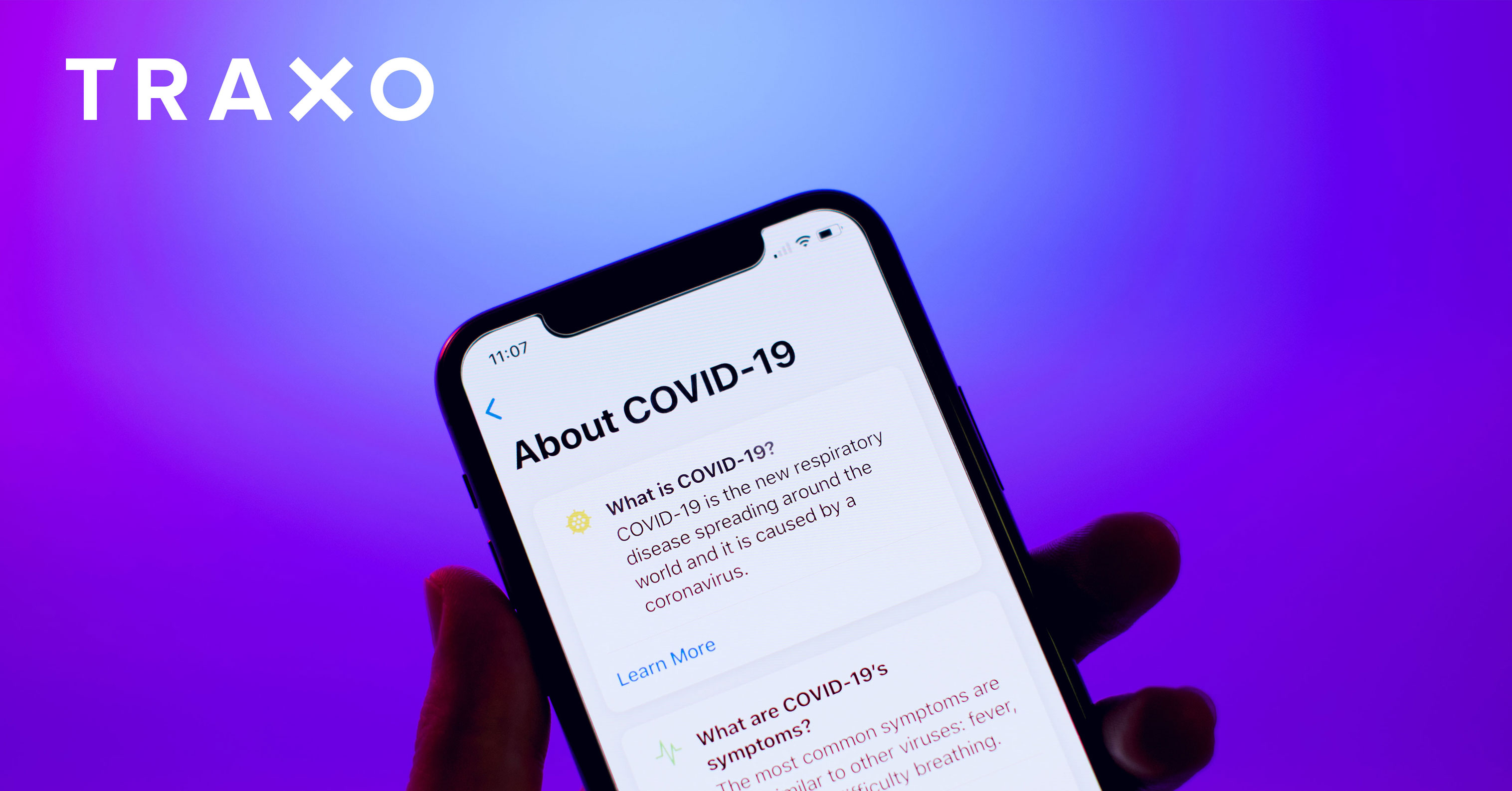

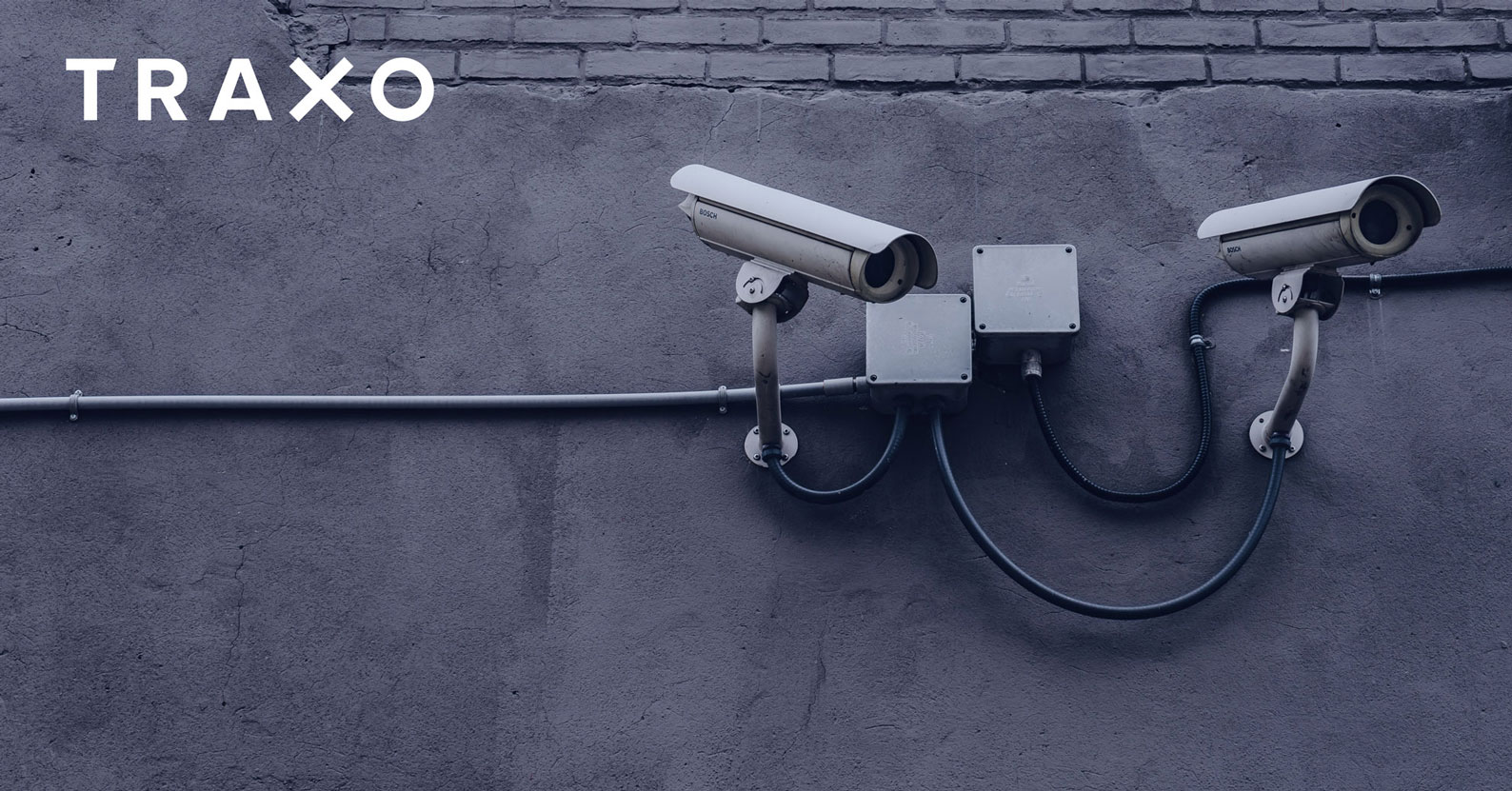
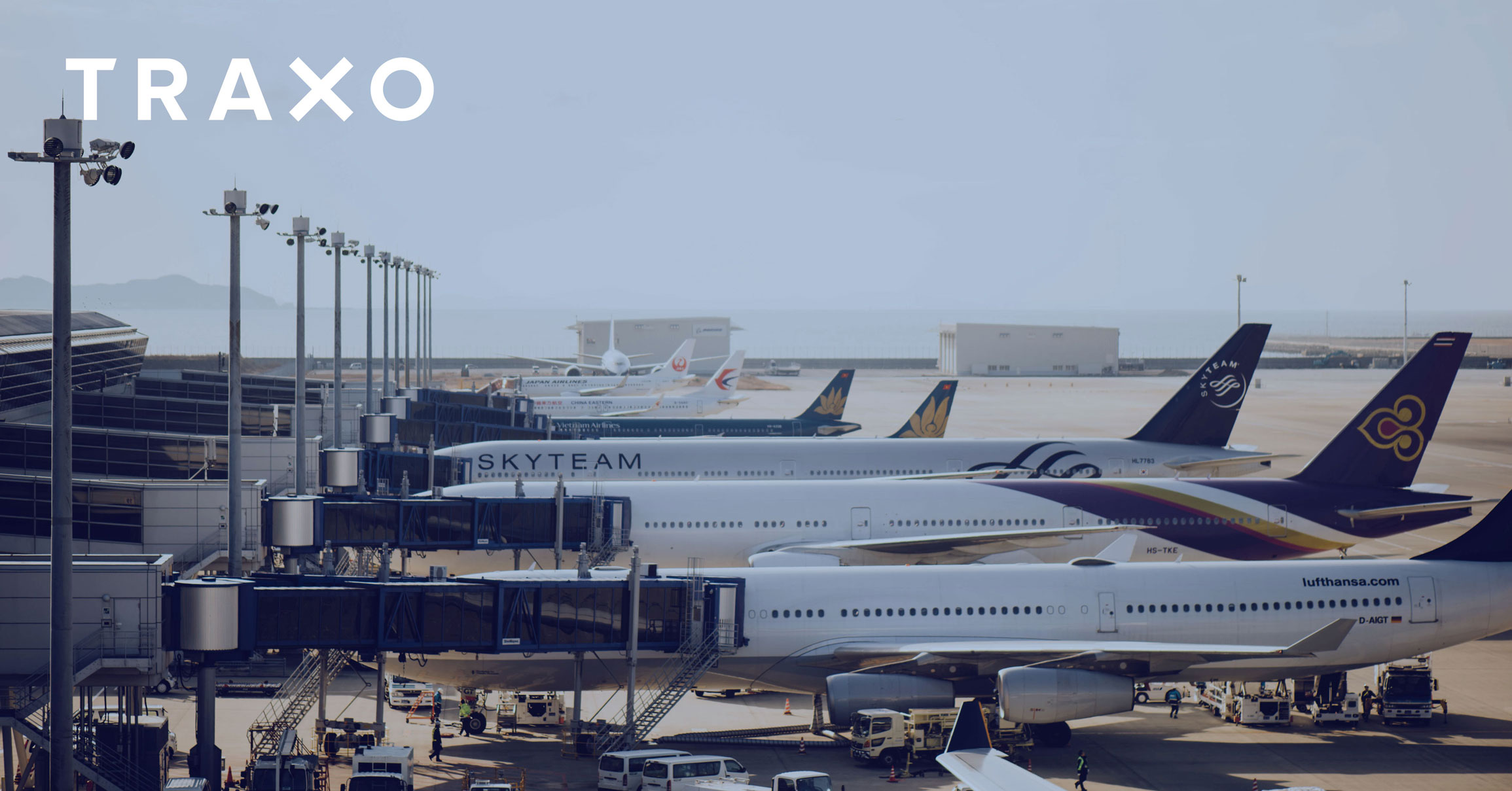

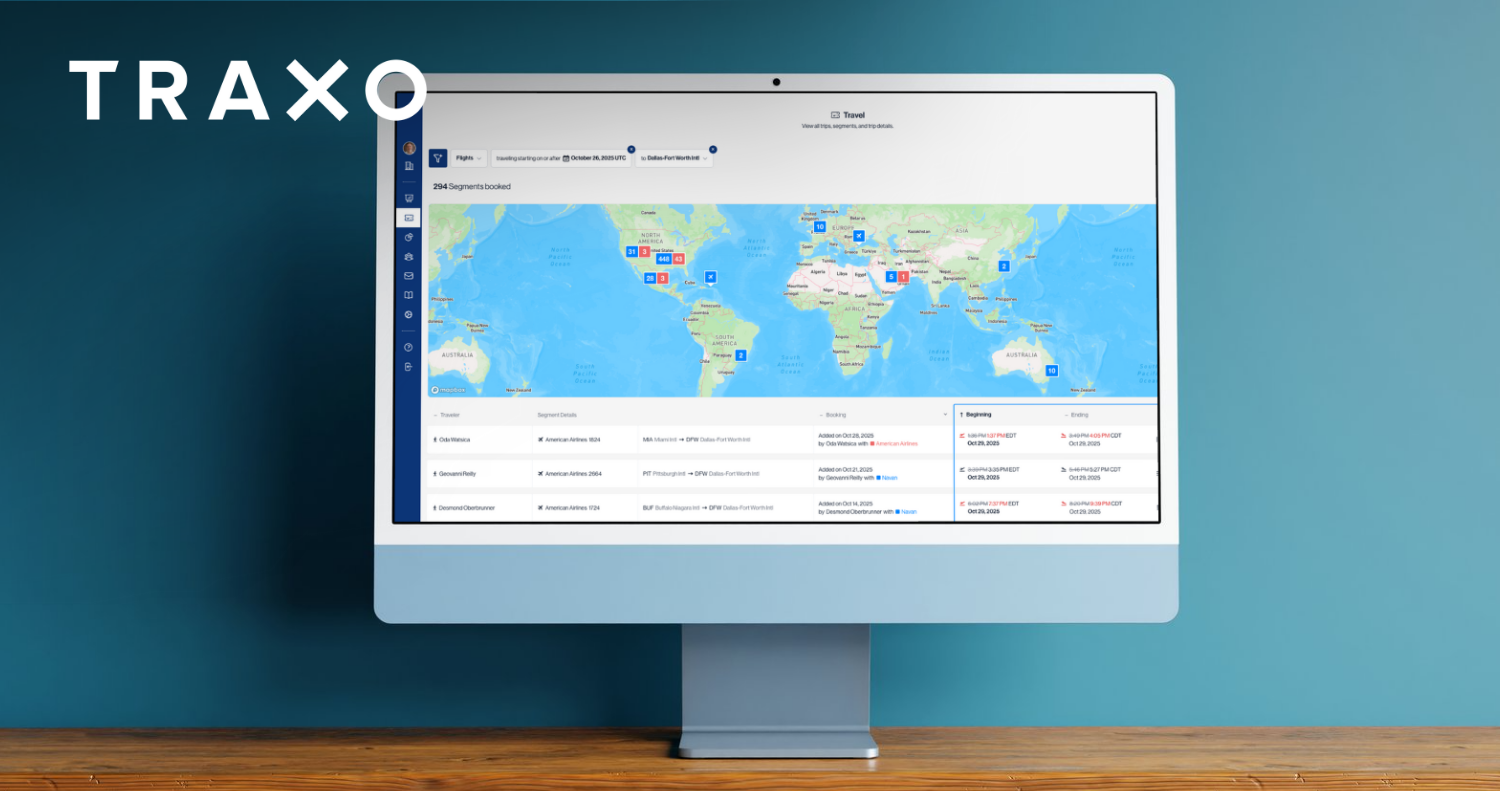
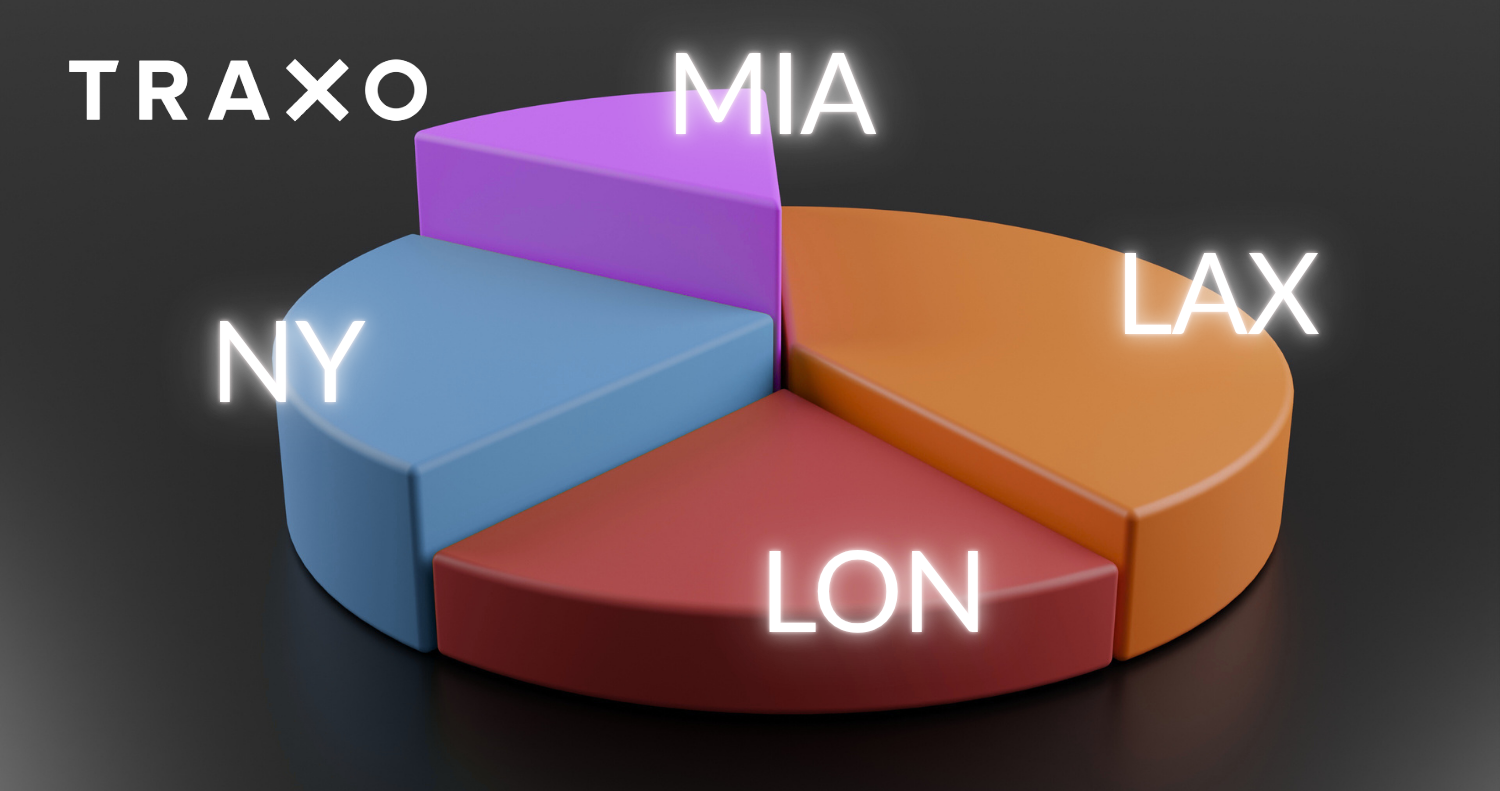

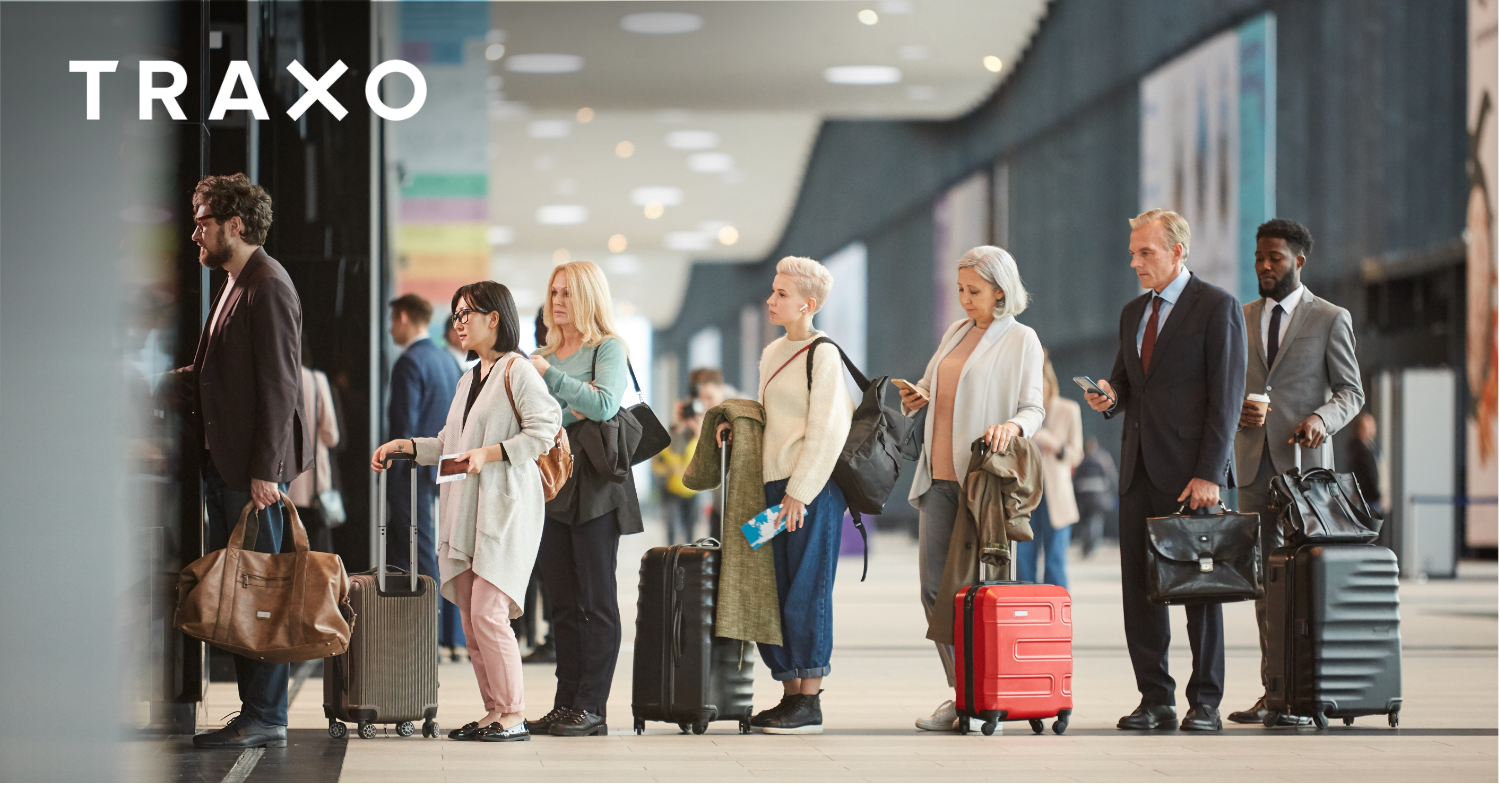


.png)


